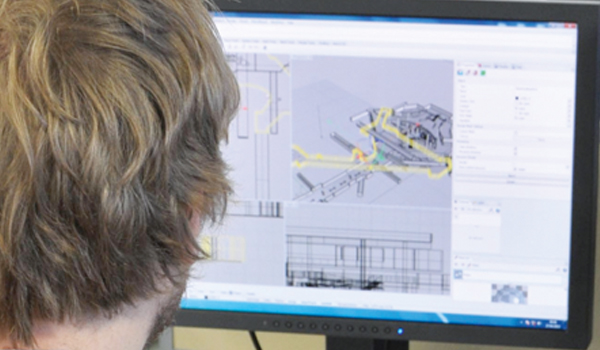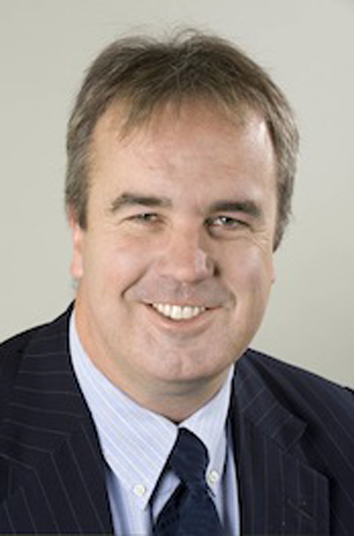Data on taxi routes may improve crime predictions
Data on how taxis travel through communities and on how people label points of interest on social media could help analysts and criminologists better understand neighbourhood crime rates, according to US researchers.

Data on how taxis travel through communities and on how people label points of interest on social media could help analysts and criminologists better understand neighbourhood crime rates, according to US researchers.
Analysis of data from points of interest in Chicago including restaurants, shops, nightclubs and transport stations designated by members of FourSquare, a social media site, along with the citys taxi flow information, offered significantly more accurate estimates of crime rates compared to traditional means.
Crime analysts typically rely on demographic and geographic data to study crime and predict trends, but the team at the Penn State research university says big data projects could improve understanding of crime and help planners make better decisions, as well as allow communities and police to use their resources to more efficiently fight crime.
Jessie Li, assistant professor of information sciences and technology, said taxi routes were like hyperlinks, connecting different communities with each other.
We had this idea that taxis serve as hyperlinks because people are not only influenced by the nearby location, but they are also frequently influenced by the places they go to, she said.
For example, your home may be a half hour drive from your work; they are not spatially close, but you spend a lot of time there and you end up being influenced by people, such as your colleagues, there.
Points-of-interest information may improve crime statistic analysis because it shows how certain areas are used and why people want to be there, say the researchers.
According to the data, areas with nightclubs tend to be low crime areas, at least in Chicago, which may be a surprise to many, said Ms Li.
However, it may reflect the peoples choices to be there they want to go to a nightclub that is safe, not one thats dangerous.
She said the study also points to how the field of big data is providing both new sources of data and new ways to explore the implications of that data.
Big data can often show correlations between the sources of data and certain effects, such as crime, which is helpful for making predictions. However, Ms Li pointed out that the sources of data are not necessarily causing the effect.
What we see here is a correlation between the taxi and points-of-interest data and crime rates, she said. The data show us the correlation, but, scientifically, as far as a cause, we dont know.



